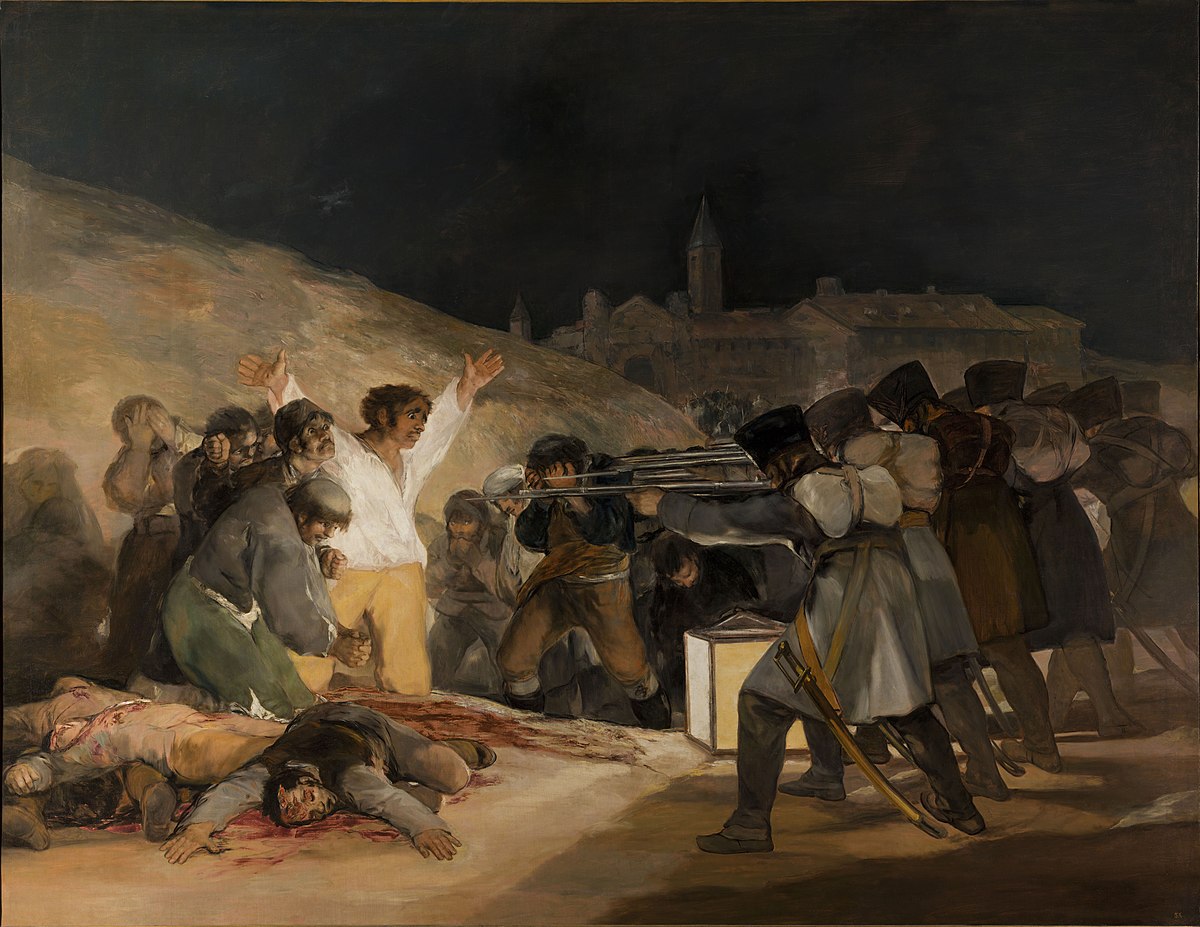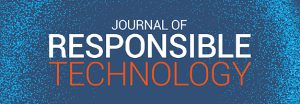My question is, will my texts – interpretative essays on art and science in their historical contexts – be written in future by thinking and feeling devices? I will tackle this from an oblique direction, by looking at what is a rather developed aspect in the field of computers generating “art”, namely the composing of music by J.S. Bach.
I find it unsurprising that computers can generate compositions that attuned listeners cannot readily distinguish from the actual compositions of Bach. It is no more surprising than that computers can beat humans at chess. This does not mean of course that the face-to-face combat of masters playing chess loses its appeal. The 2018 World Chess Championship in London (Carsten vs Caruana) was massively attended and the tension in the main hall was electric. There was not the slightest hint that we were witnessing a contest between organic “also-rans”. We do not, after all, lose interest in the 100 meters at the Olympic Games because a cheetah can run faster than any man or woman – to say nothing of a Formula One car.
Chess does not, however, answer the main issue with computer-generated Bach, since the arts cannot be measured in the same way as Carsten’s victory. If I were a musicologist, I could look at Bach’s sacred music in the context of his employment as Kantor at St. Thomas’s Church in Leipzig. There is his rich family life with his musical children. I could compare what he is doing in this Lutheran context with what Vivaldi was doing in Catholic Venice at the same time. I could look at text and setting in terms of how Bach navigated with inventive brilliance around certain kind of musical strictures that did not apply to Vivaldi. In short, AI is not going to produce the totality of “Bach” the man.
Let’s accept that a computer can produce a piece of choral music with all the characteristics of a Bach Lutheran composition (and that a Vivaldi Catholic piece could also be computer-generated). I could still potentially produce a cogent analysis based upon computer versions – though the striking the exact relationship between the Protestant interpretation of the text and the nature of the music might be hard for a computer. But – and this is the key point – the computer cannot effectively assume the human, experiential role of Bach in Leipzig, embracing his background, his lived life (organic and spiritual), his health, his family necessities, the demands of the church authorities, the acoustics of the church and nature of the organ, the size and quality if his choir, the nature and presence of the congregation at the time of its first and subsequent performances, his interactions with fellow musicians and composers (including his own children) and so on, according to the almost limitless contexts and contingencies that provide the chaotically complex platform for his compositions.
Do these contingencies matter if a computer can produce a comparison that is ostensibly indistinguishable from as those produced by Bach? They matter absolutely in terms of the actual and personal generation of the individual piece in real time and in real place. The computer version is irredeemably imitative of the final product that emerged from these contingencies, on the basis of those aspects of a composition that says “Bach” rather than Buxtehude. The computer has not invented the St Matthew Passion or the St. John Passion. Above all it has not devised from scratch the passionate content or the nature of the style that says “Bach”. (Incidentally, science generally is adept at handling isolated formal characteristics in art but is hobbled by content.)
Let’s look at one example from my “field”. I am currently writing an eccentric book that is looking sceptically at iconic images that make up the standard canon. One has stubbornly resisted my attempts to undermine it, namely Goya’s coruscating The Third of May 1808. This was preceded by The Second of May 1808, which showed Madrid citizens attacking the Mamaluk warriors who were playing a key role in subjugating their city to Napoleon’s French regime. The retaliation by the occupying power was swift and brutal. The following day and night, citizens were indiscriminately rounded up to be executed on a hill outside the city walls. Roads ran with blood. Goya brilliantly captures the mechanistic anonymity of the uniformed executioners against the ragged procession of hapless victims. The two large pictures were painted following the restoration of the Spanish monarchy, after the fall of Napoleon in 1813. They served as Goya’s dramatic demonstration that his heart was in the right place after navigating his way through the period of occupation. How is AI to cope with this contextual and individual richness?
Where do I as a historical essayist stand in this? My job is to seek out cogent factors in the chaotic order and disorder that marks the emergence of the compositions and to refresh our perceptions in a way that I hope will provide insights and open up new sensory experiences. It is a job of human communication, with all the plusses and minuses that this brings. I can look at Justin Gatland winning the World Championship 100 meters, and think it is disgusting that a known drugs cheat is allowed to do so. That knowledge “colours” my view. It is this messy human dimension that matters, in life as in art. My personal mess is the result of decades of unique experiences and inherent characteristics. From that mess my criticism emerges. Even in an AI world, this human dimension is what will matter for all of us.
Martin Kemp, Honorary Fellow, Trinity College, and former Professor of the History of Art
A shorter version of this was published as: “AI and the Arts – Human Texts in the Future”, The Future of Text, ed F. Hegland, 2021, pp. 284-5




